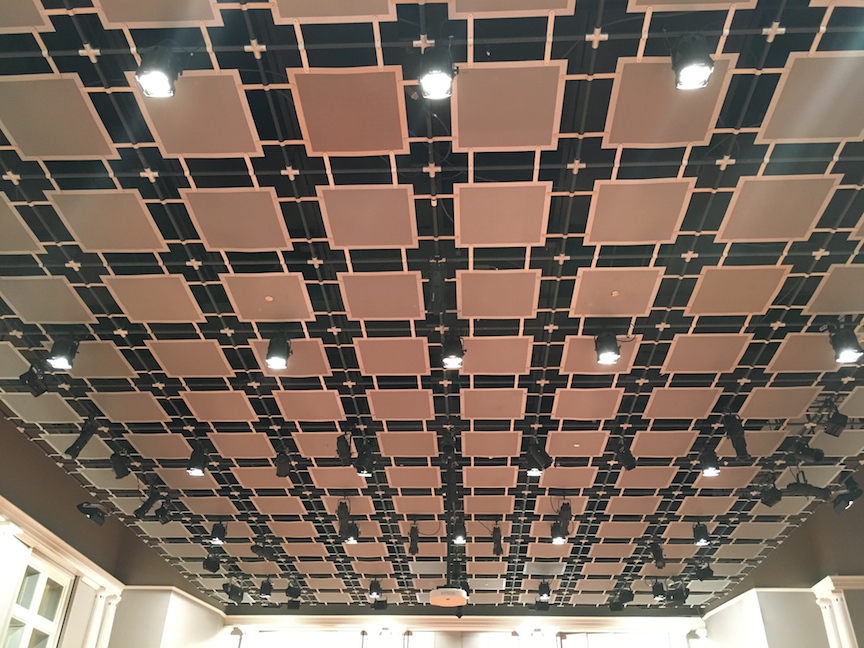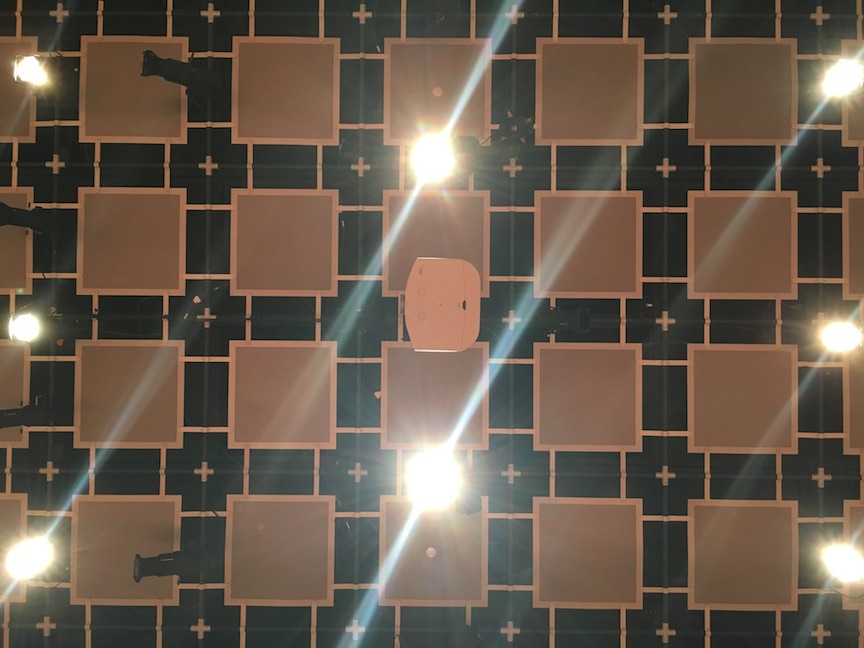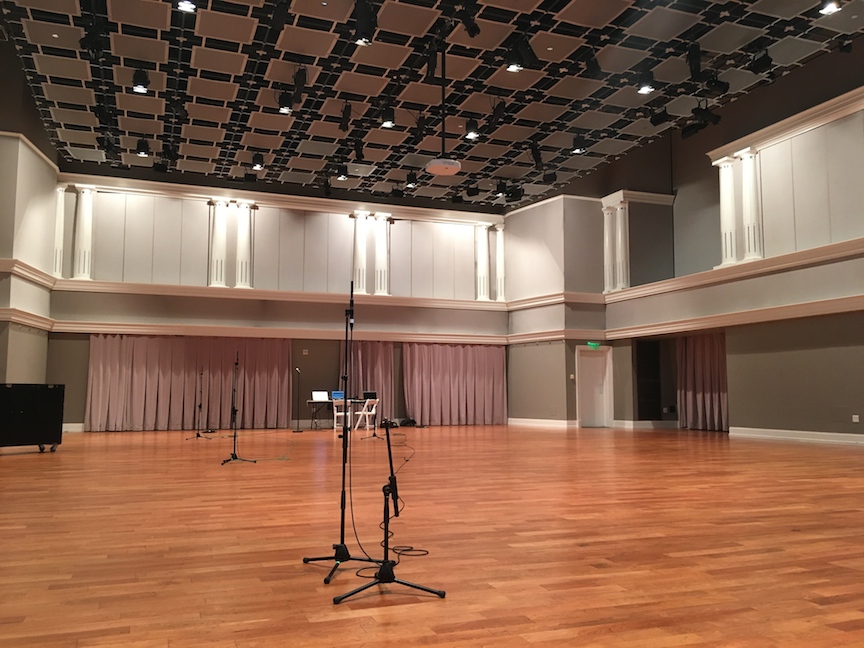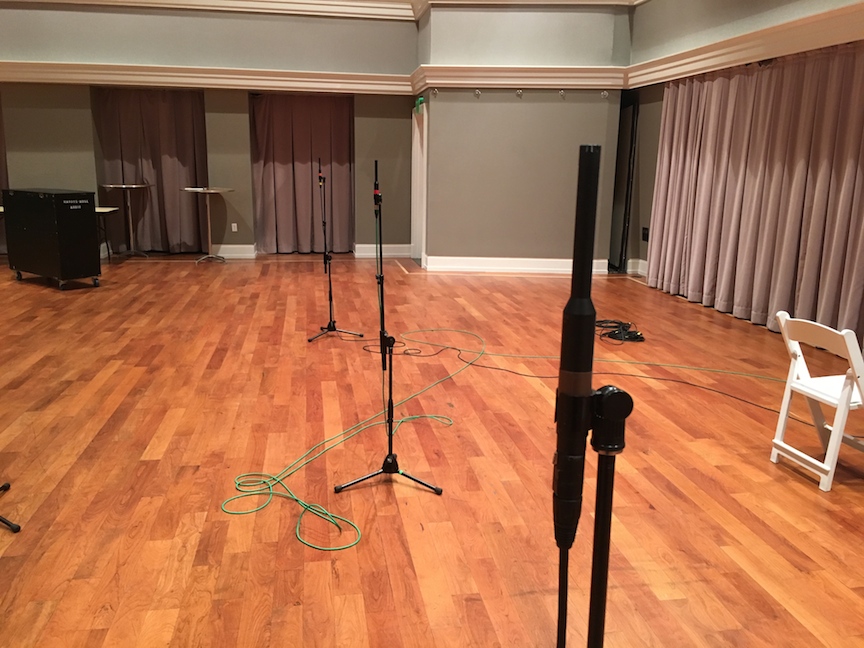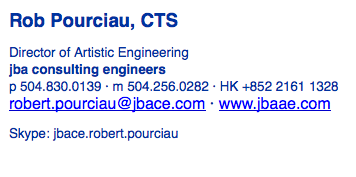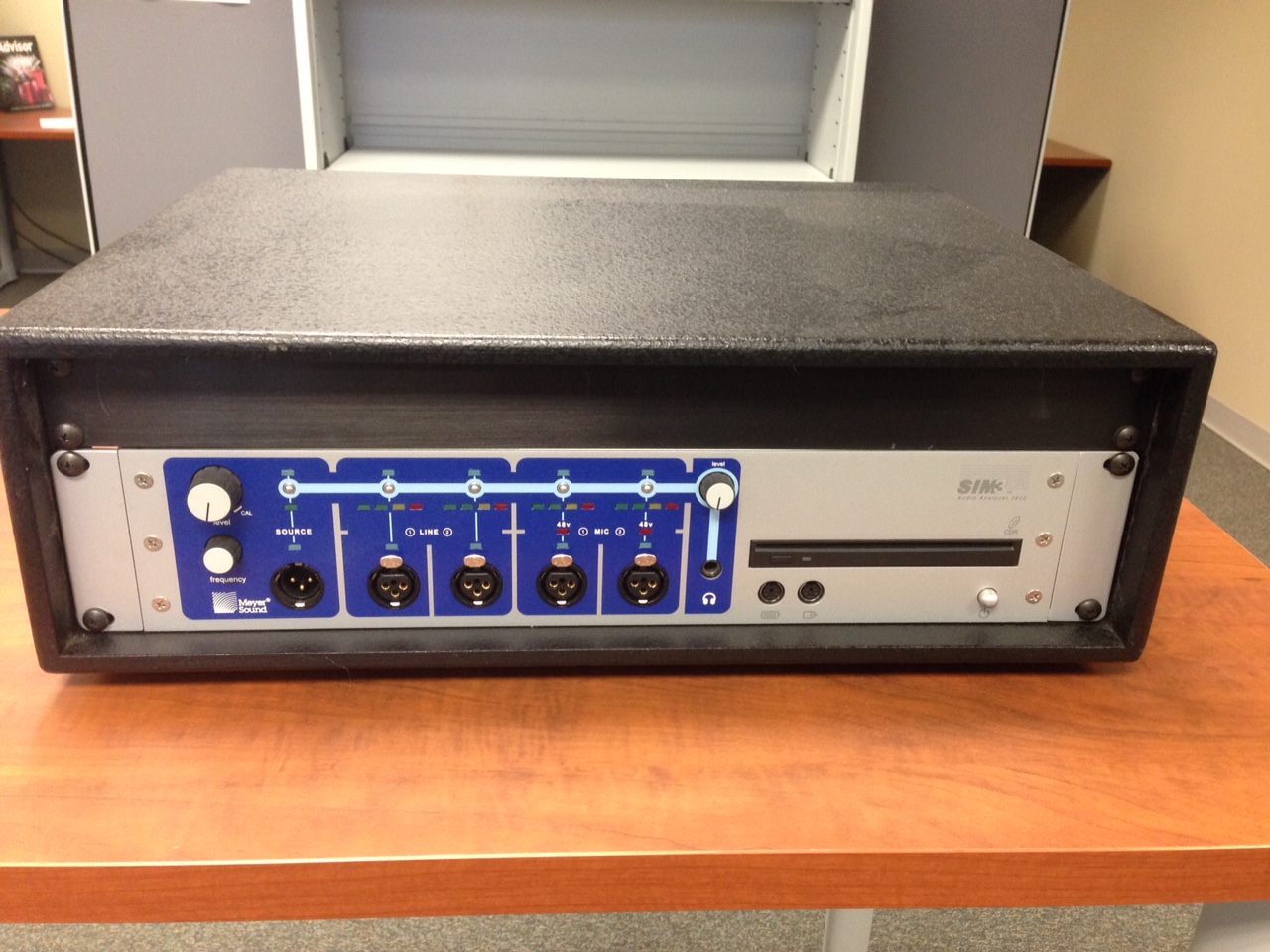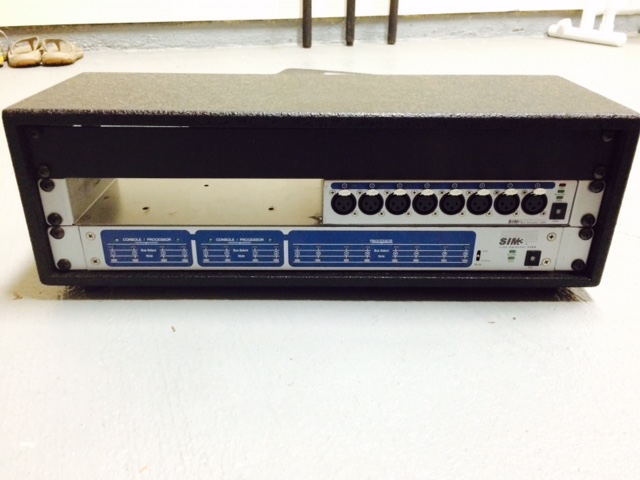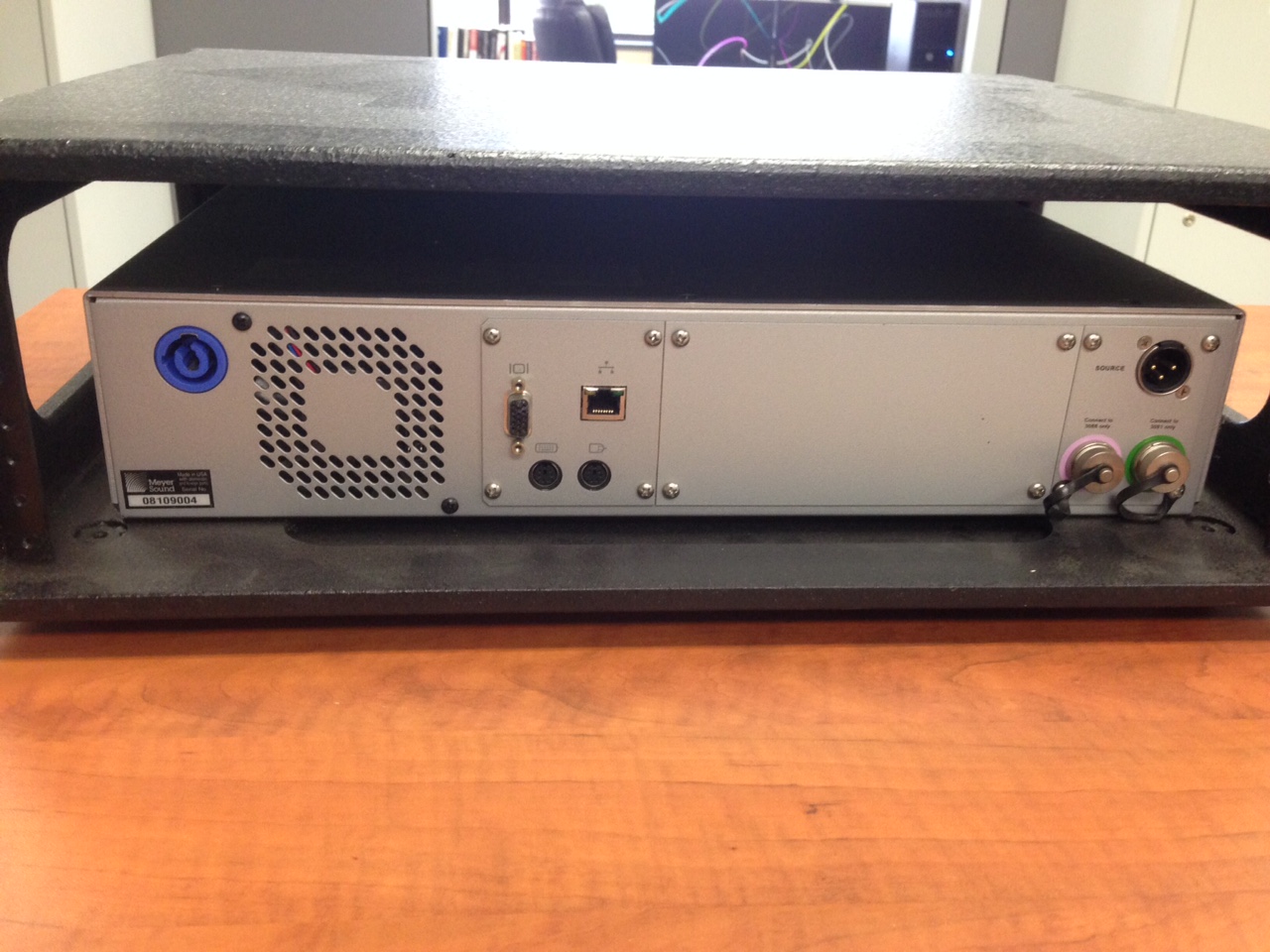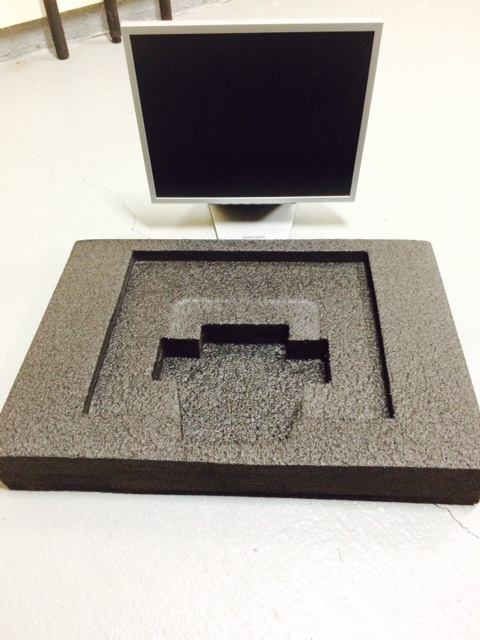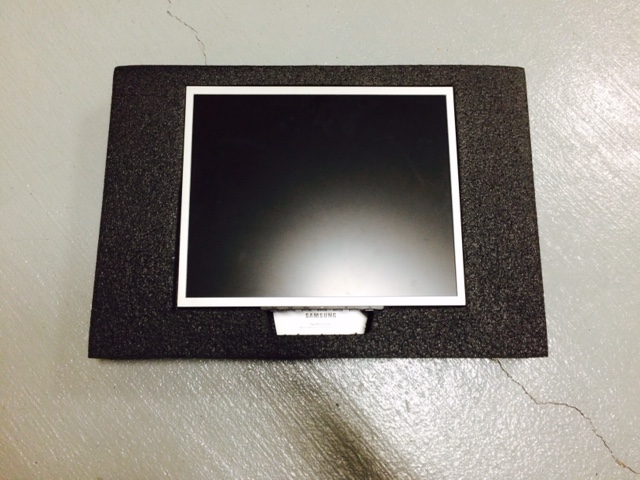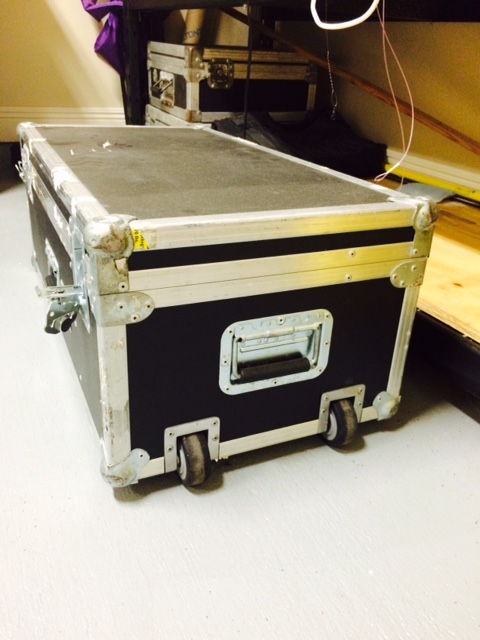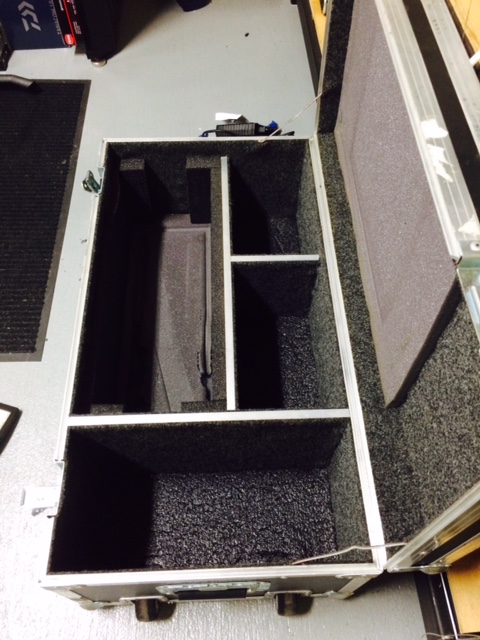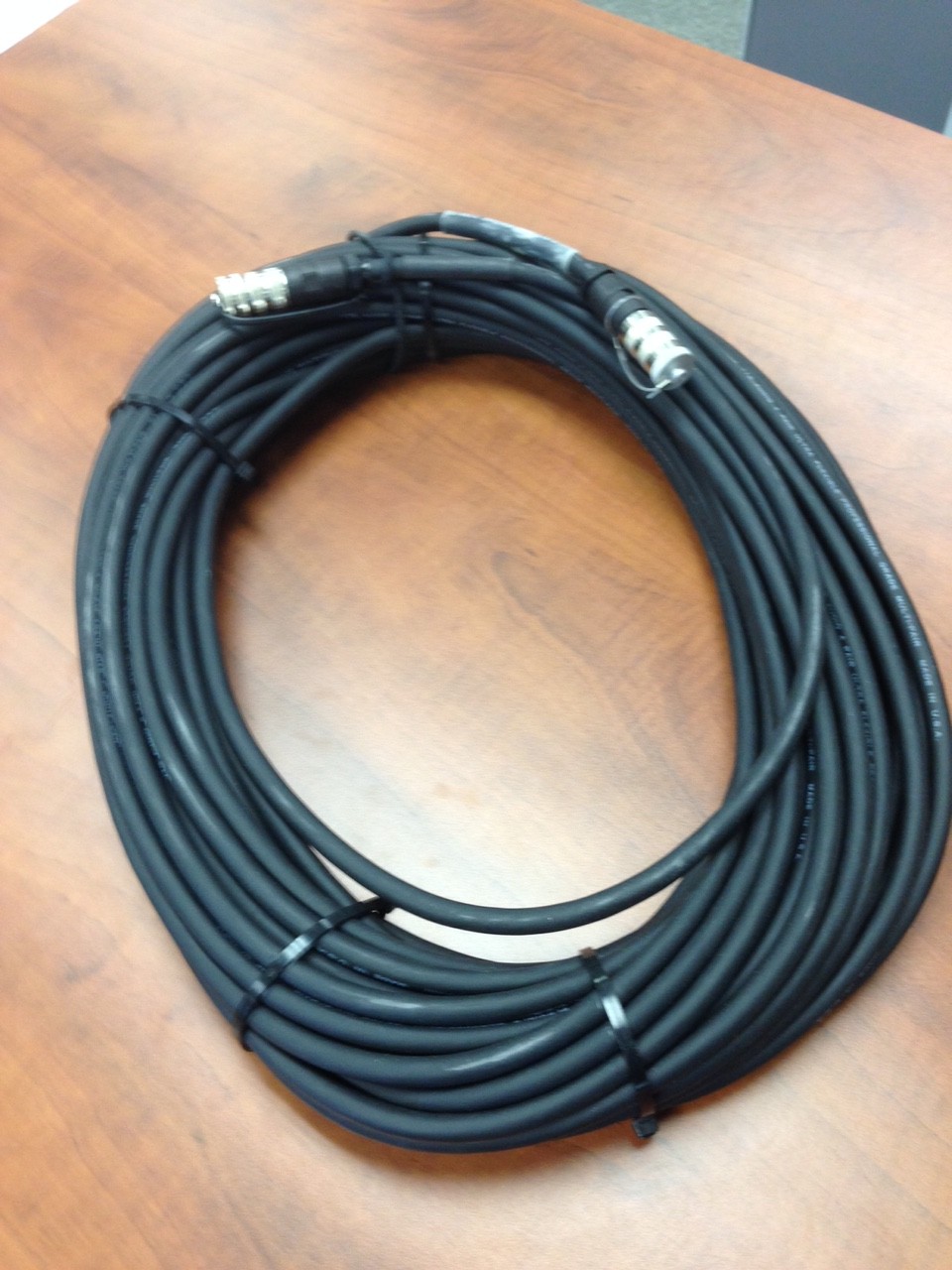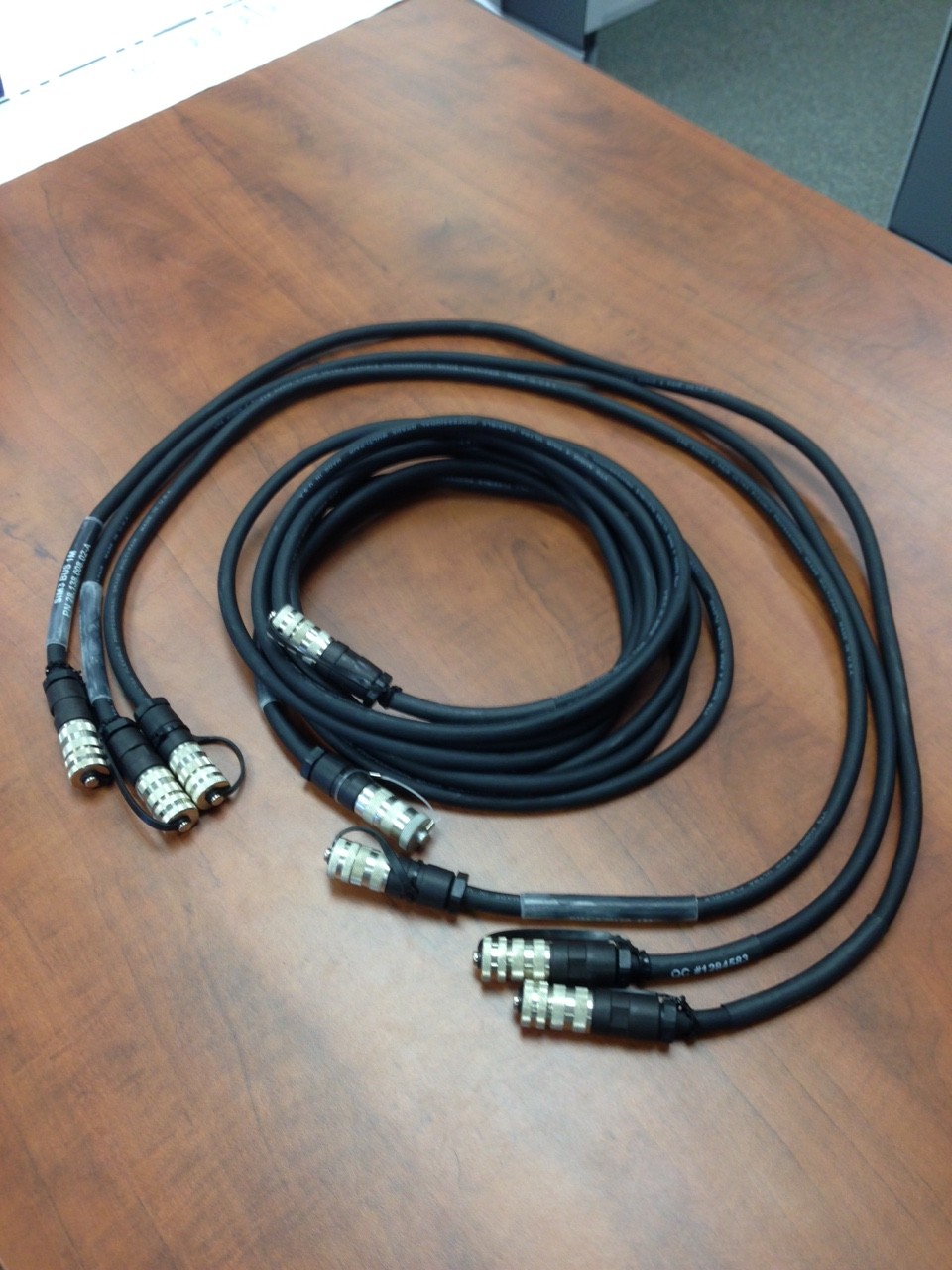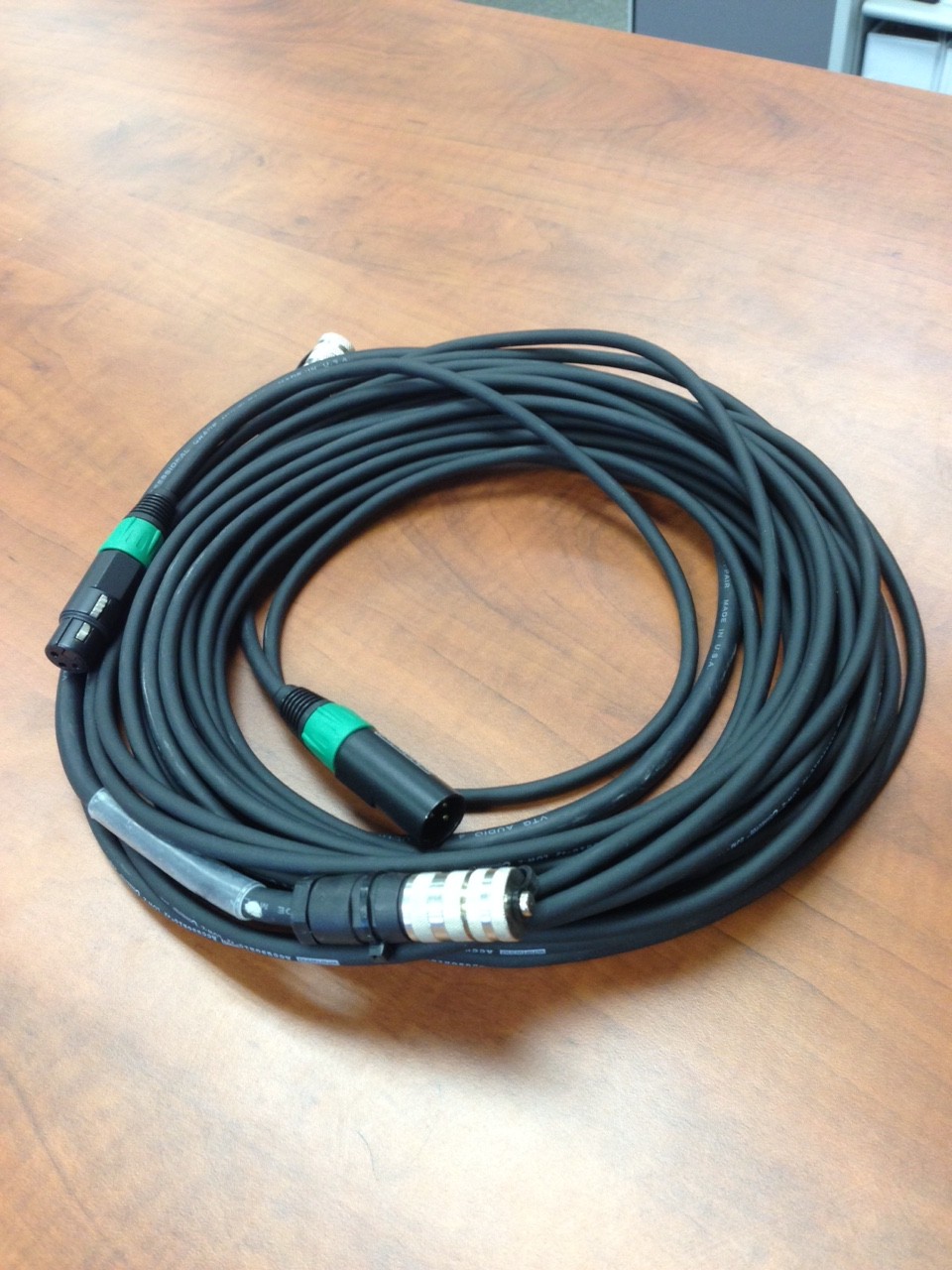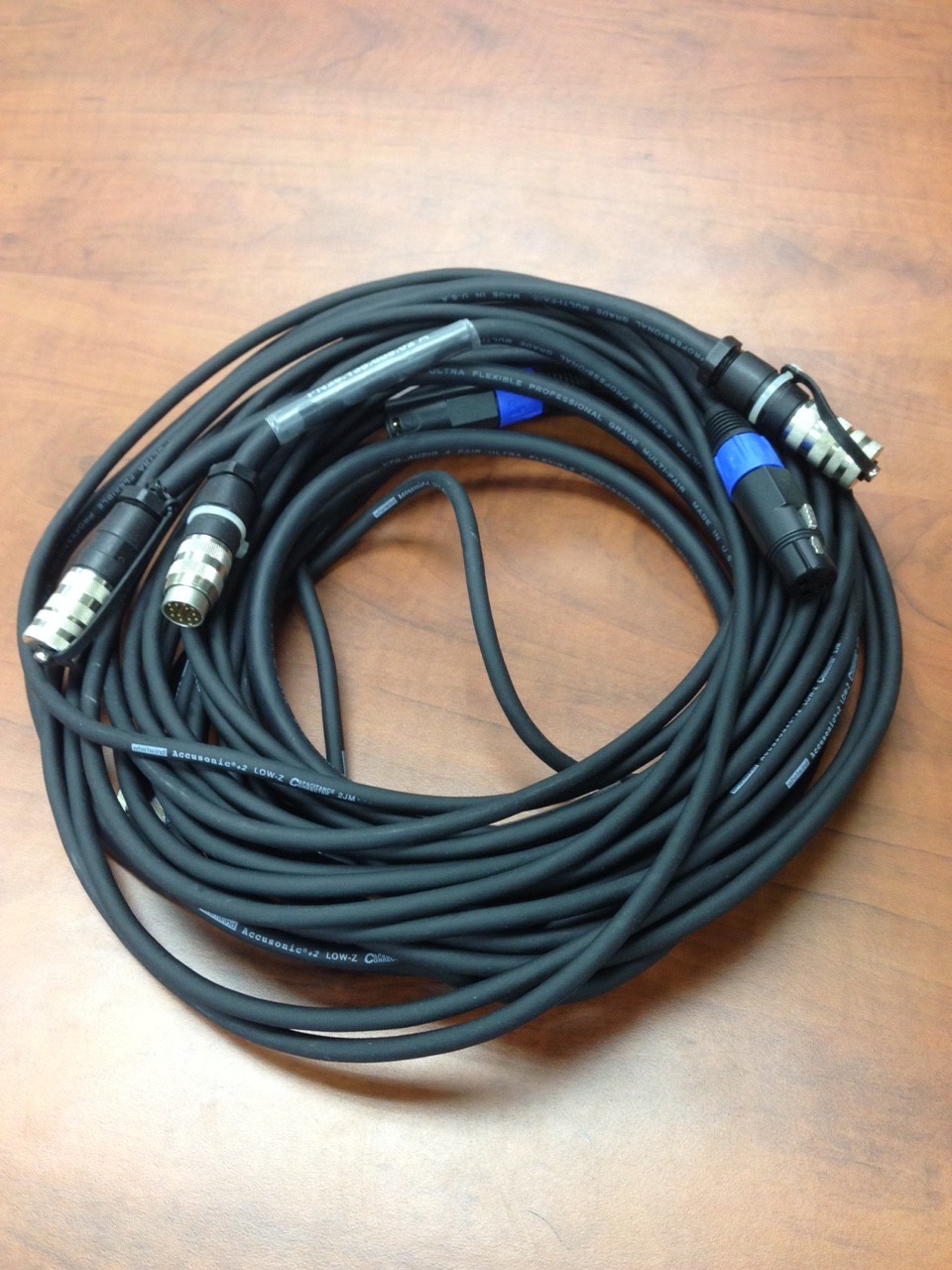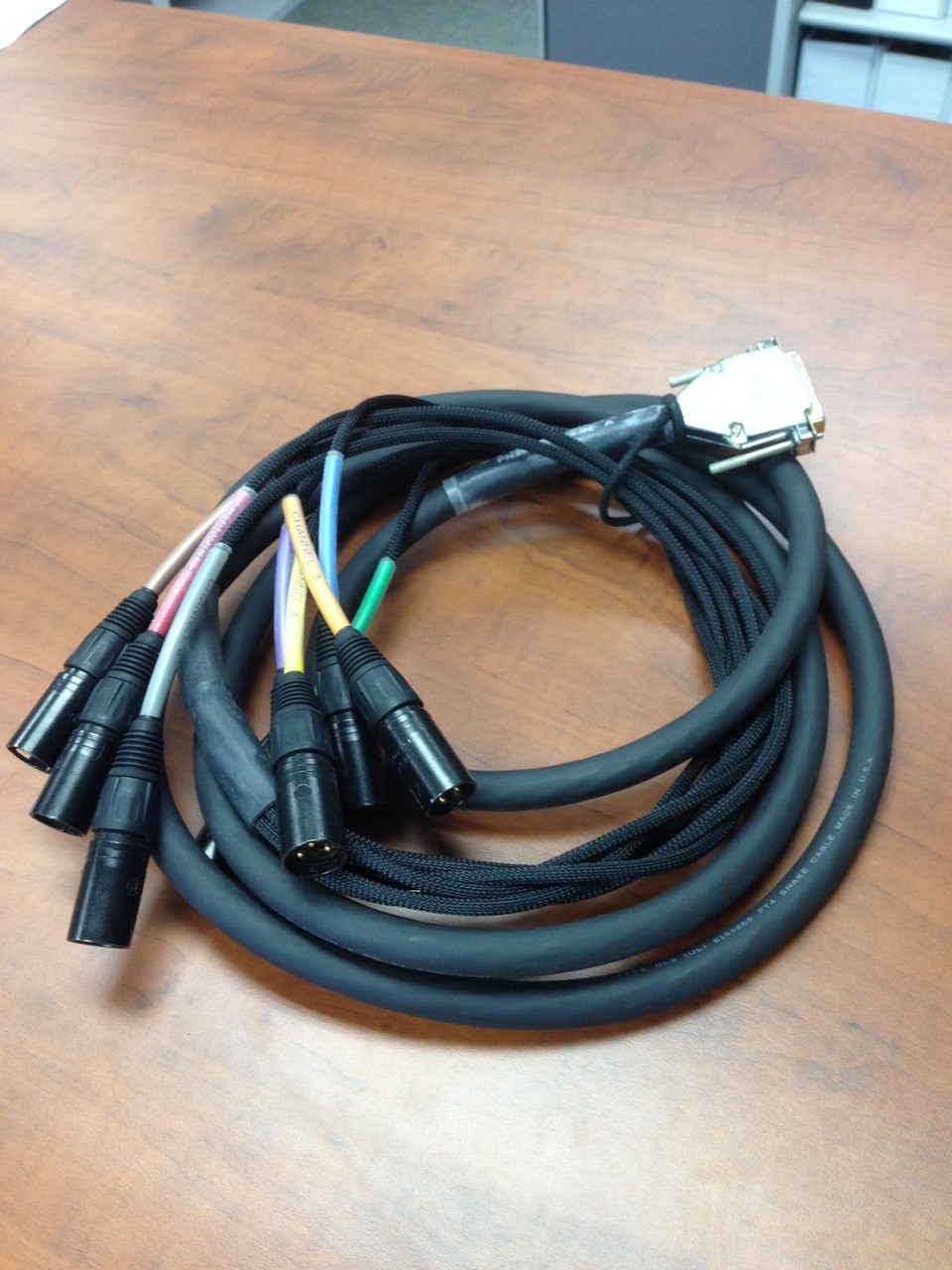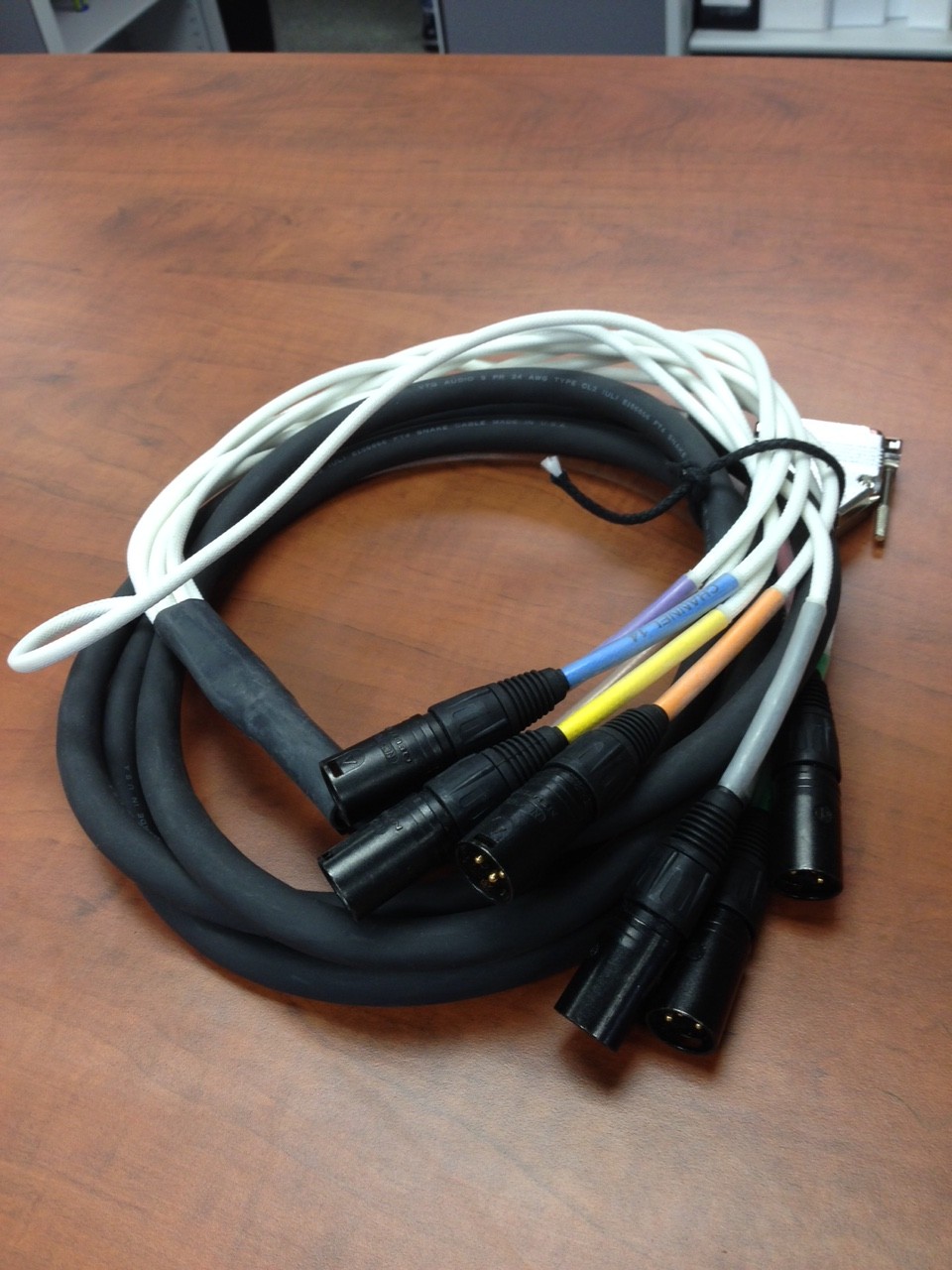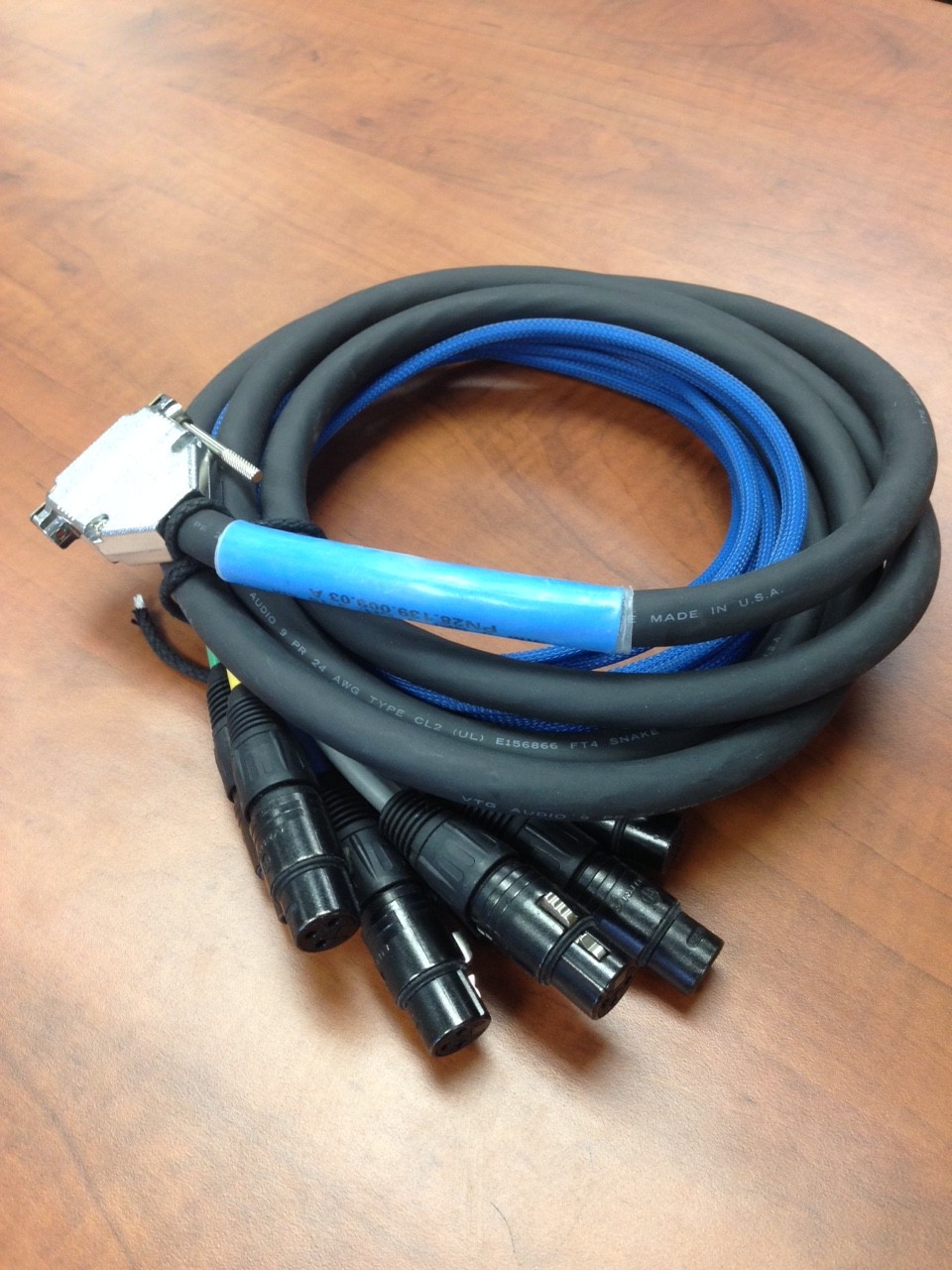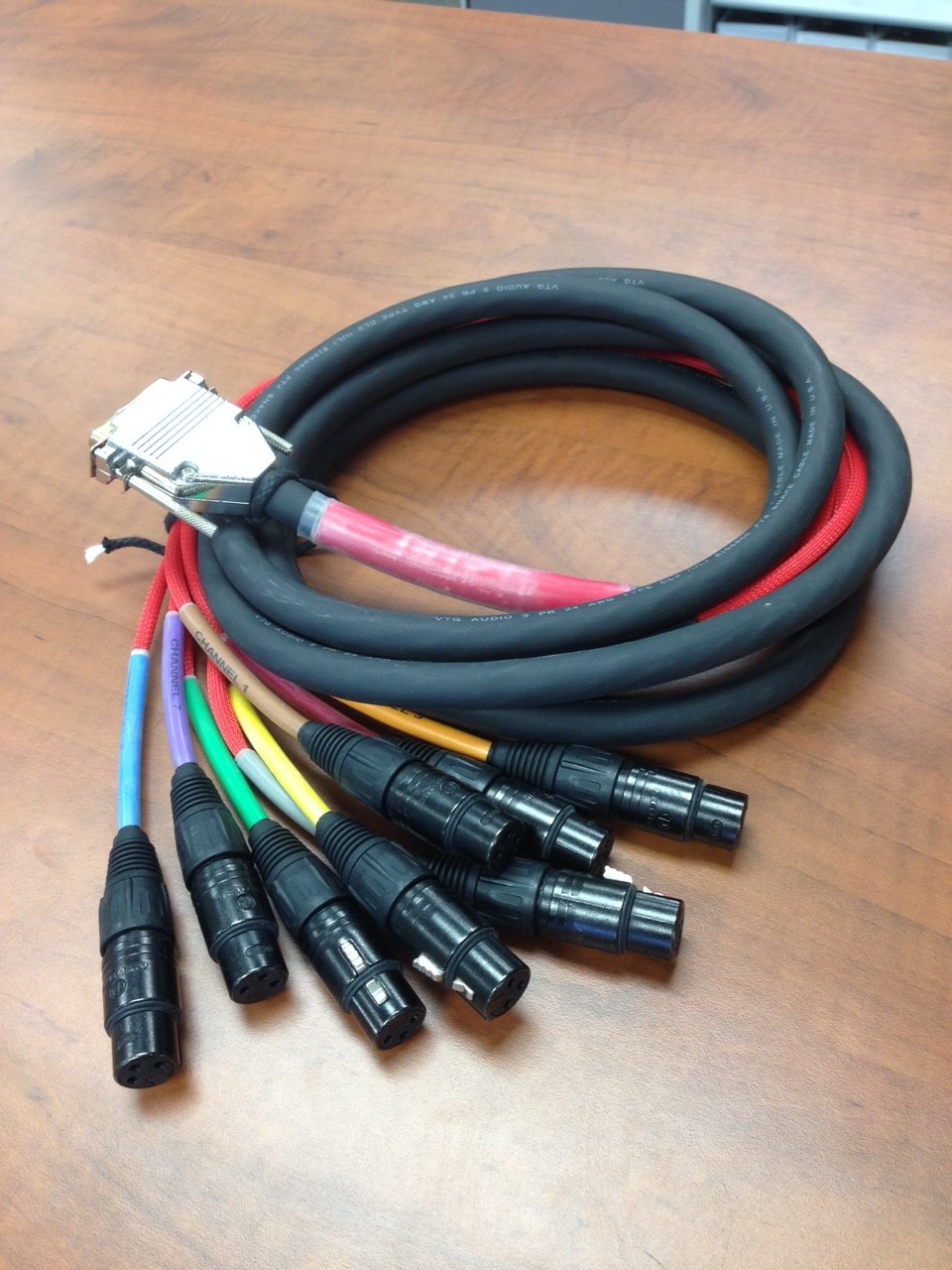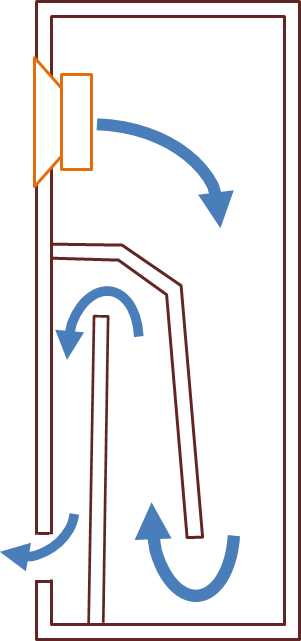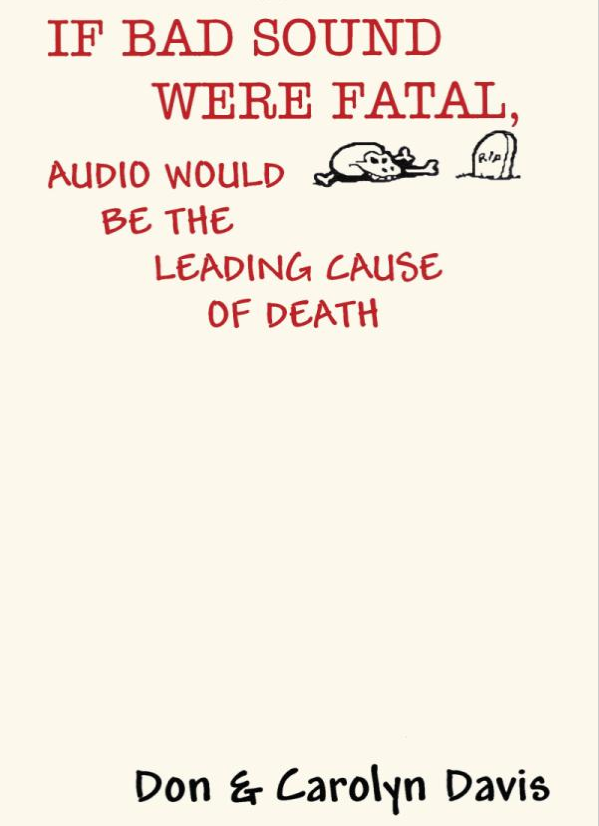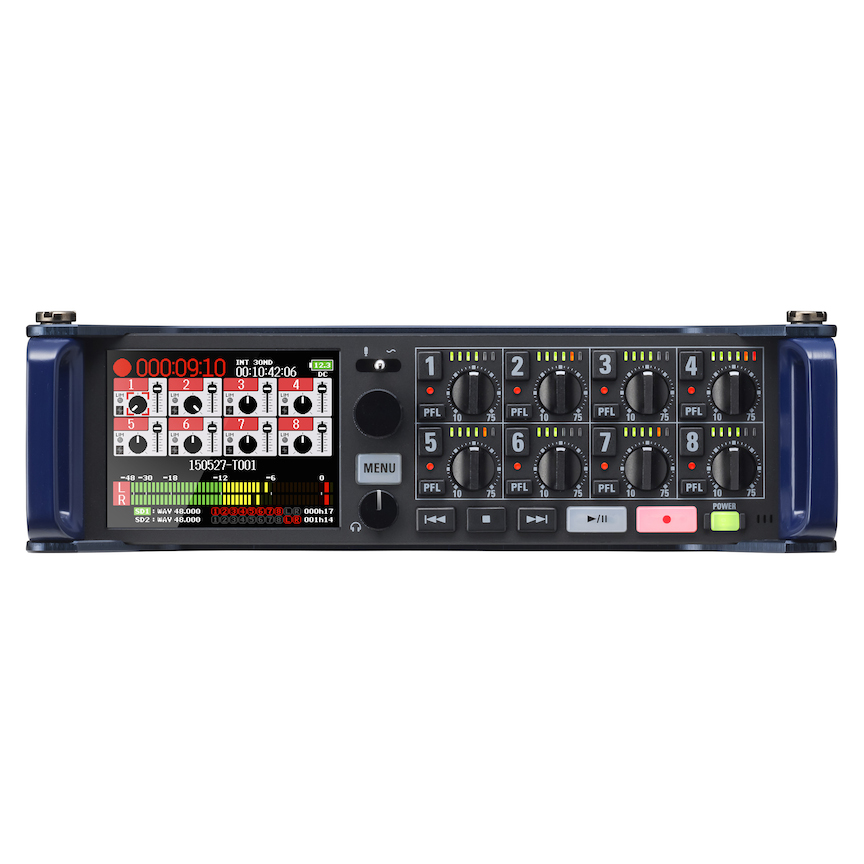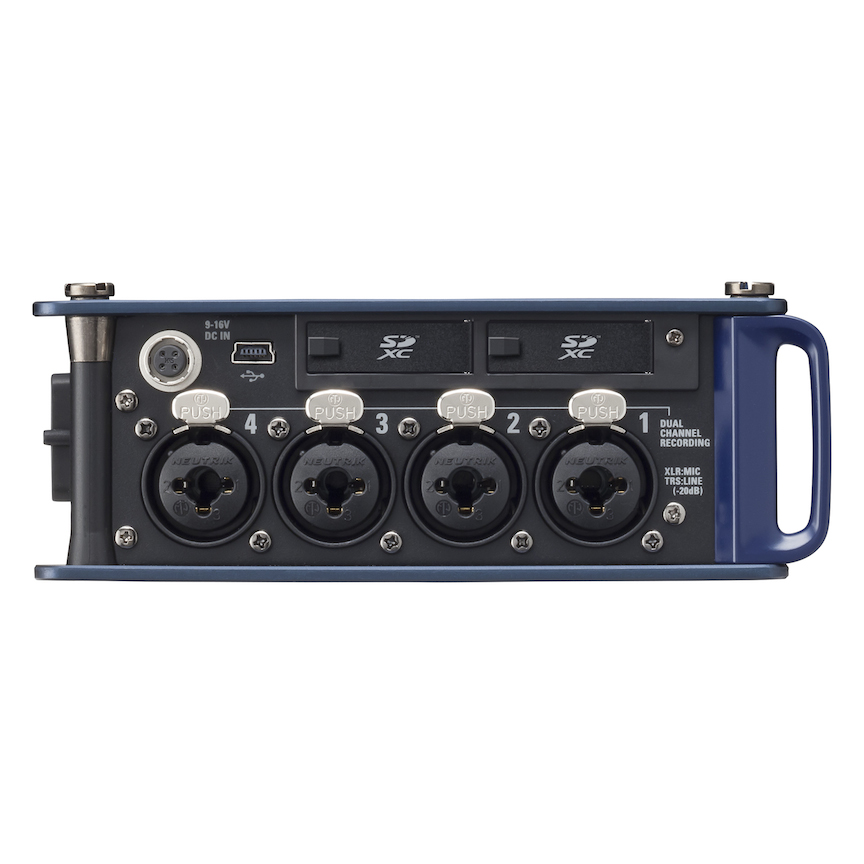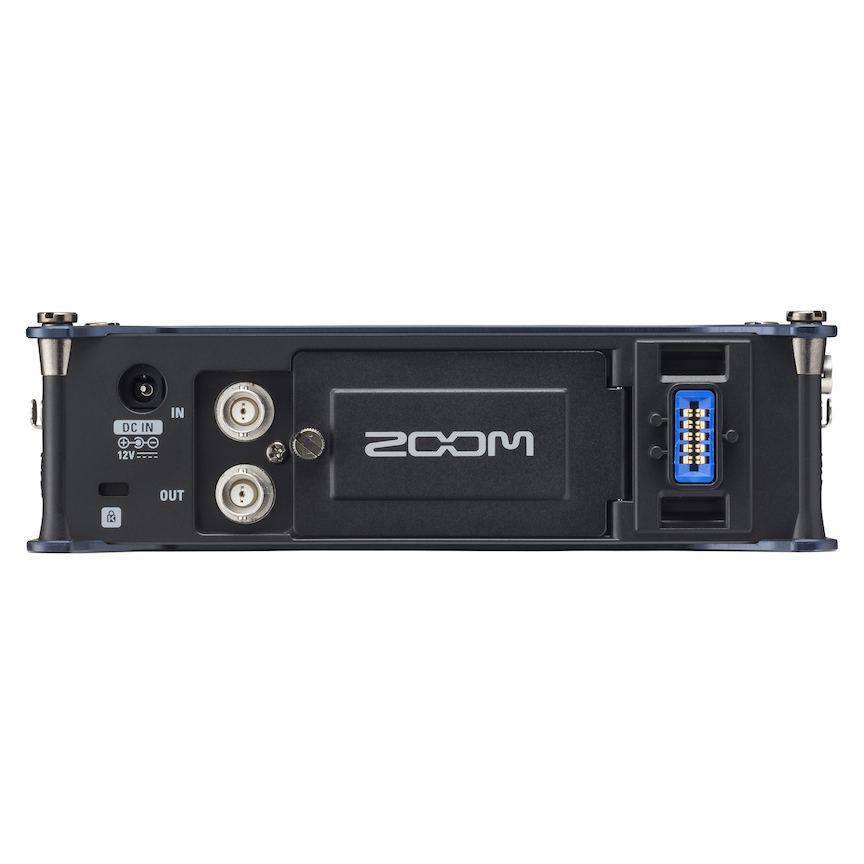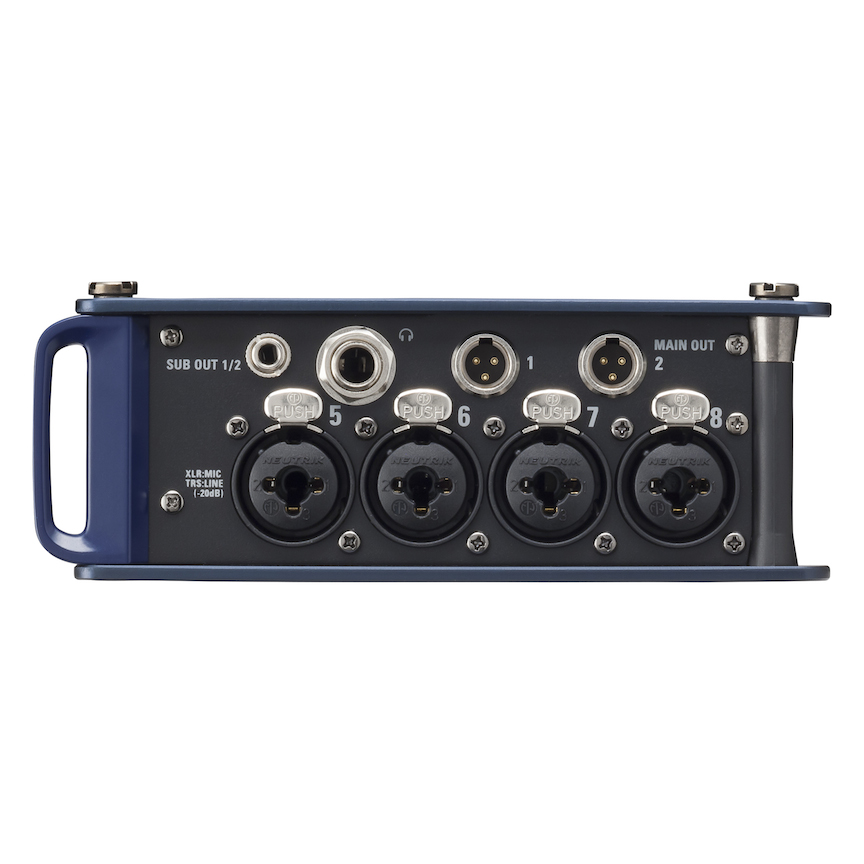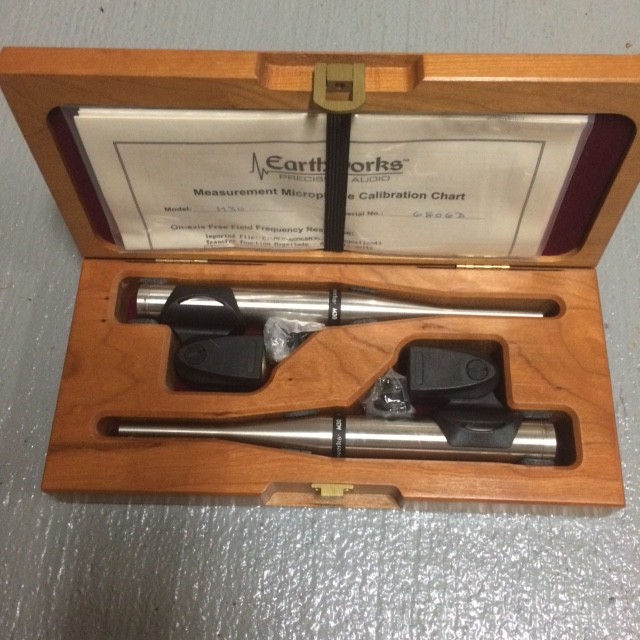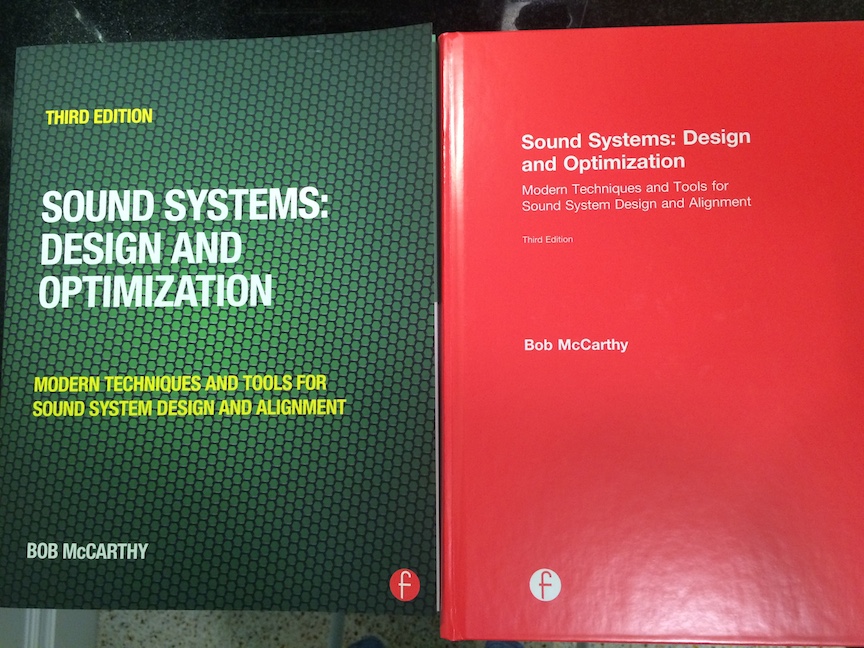Bob McCarthy states in his book, “Sound Systems – Design and Optimization”, given the choice between one or the other, he would rather verify a system and not tune it than to tune a system that hasn’t been verified. Let that sink in. What is the purpose of tuning a sound system if the speakers aren’t aimed correctly? What if some of the speakers are out of polarity with others? What if some of the speakers aren’t working at all? What would be the point of trying to measure and tune a sound system like that if your goal is to optimize the system?
Dave Lawler has stated more than once to me that in his travels with artists such as KD Lang & Diane Krall, he has found something wrong with every system he measured (we’re talking about hundreds of systems). Let that sink in. Sadly my experience supports Dave’s statement. Anyone who gets in the habit of measuring sound systems is going to find issues along the way. The question is why? Why is it so rare to come across a properly designed, properly installed, properly optimized sound system regardless of the age or cost of the system? Here are few possible scenarios for a sound system.
1 – the system was well conceived, properly installed and optimized and it’s still in that state for all intent and purpose.
2 – the system was well conceived, properly installed and optimized but somewhere along the way, someone undid that good work thinking they could make the system better.
3 – the system was well conceived, properly installed but the person left in charge of optimization didn’t know what they were doing
4 – the system was poorly conceived, poorly installed & never optimized to begin with.
I’ve come across all 4 types of these systems multiple times. The rarest being #1. I can only think of a few sound systems that were good AS IS.
I was recently in a venue providing audio support for a birthday party. The original plan was to use the overhead house sound system in order to keep things simple. Once I setup my measurement rig I immediately noticed something very undesirable at the house sound system. The system was high frequency heavy and in a very live room, that is NOT a good thing. A tested the system with a handheld vocal microphone and it sounded thin and shrill too. With only a few minutes to regroup I went to my shop and grabbed some self powered speakers and speaker stands. I tuned my rig and the party was a success.
In the meantime, something is definitely not quite right with the venue sound system. I know the system designer and I actually installed the speakers so in theory the system should sound as good but it did not. Unusable as far as I was concerned. After discussing this situation with the house audio guy we made a plan to measure the entire system as soon as possible. He explained to me that the processing equipment had been updated recently from BSS Soundweb Green to BSS Soundweb London BLU but due to time restraints, the system had not been remeasured to verify proper function. Instead the DSP settings had been transferred from the old Soundweb units to the London BLU units.
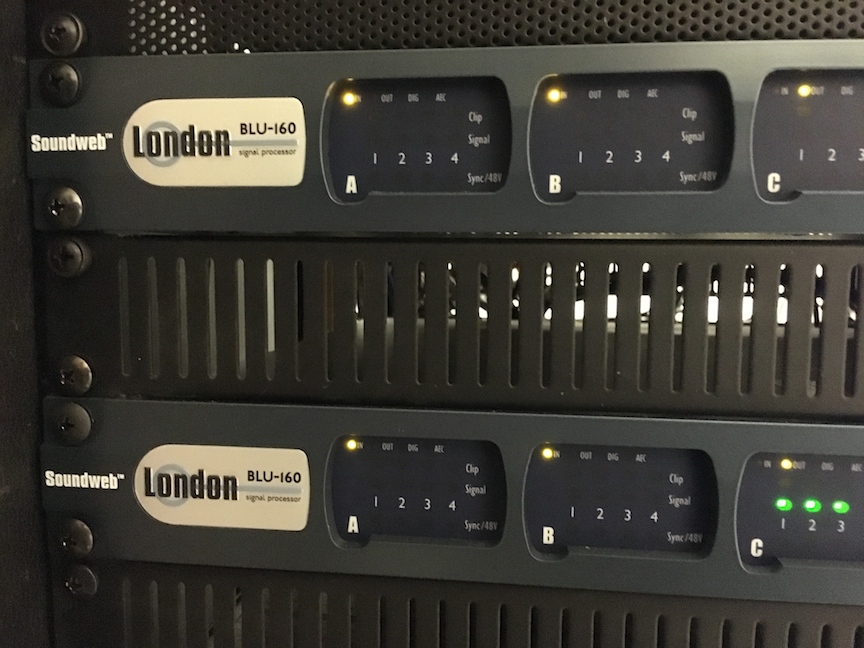
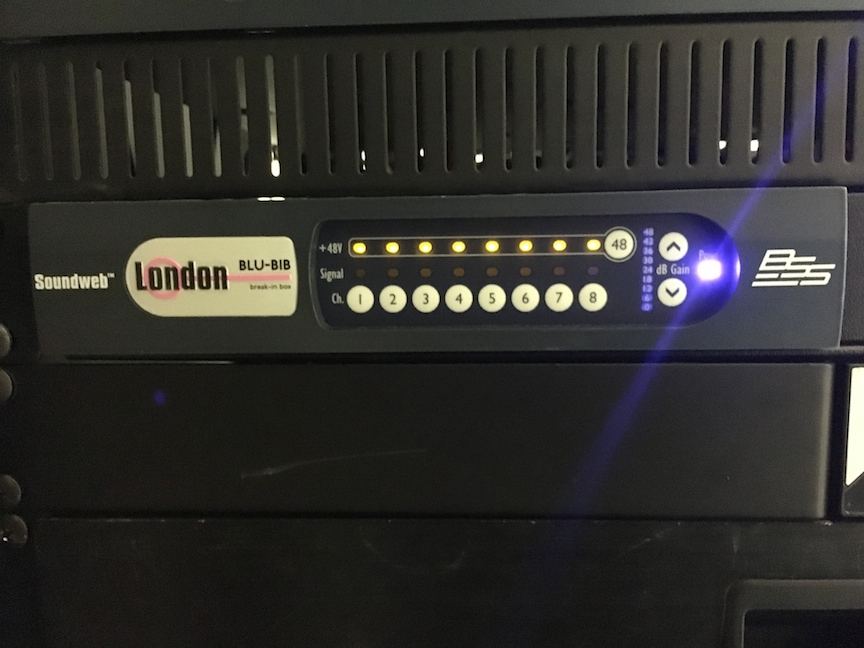
In theory that should be a safe move but obviously something went wrong along the way. Yesterday we setup 3 measurement microphones to measure the rig and discovered there was more wrong that I had thought. A bit of information about the current system. There are (6) EAW KF300 90×45 speakers in the ceiling. In order to keep the ceiling clear of clutter (until the lighting instruments went in), the speakers were mounted above a acoustic grid aiming straight down. There are also (2) EAW SB330 single 18″ subs. The KF300 are being biamped. The SB330 specs say 35 Hz to 148 Hz. Recommended High Pass filter => 30hz, 12dB/octave Butterworth.

